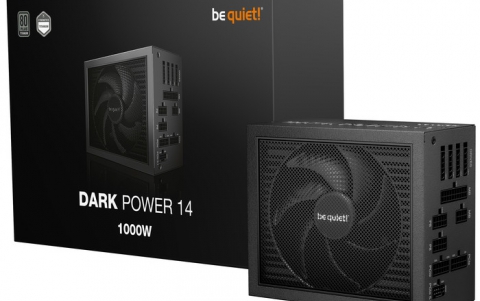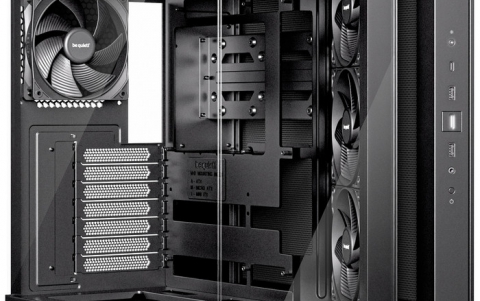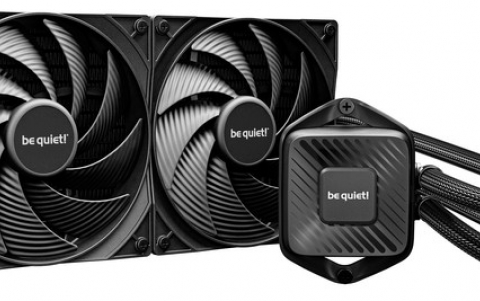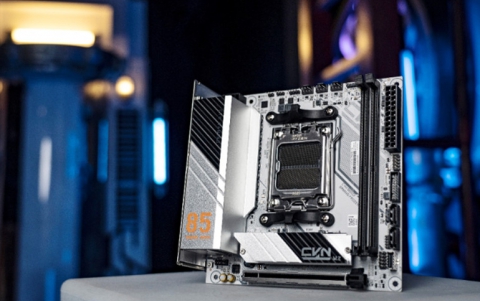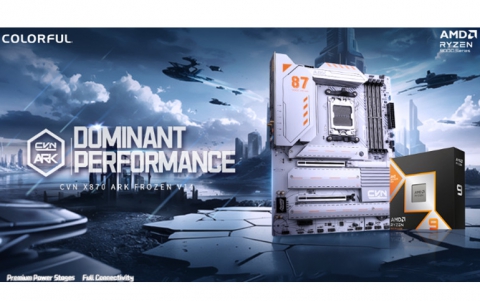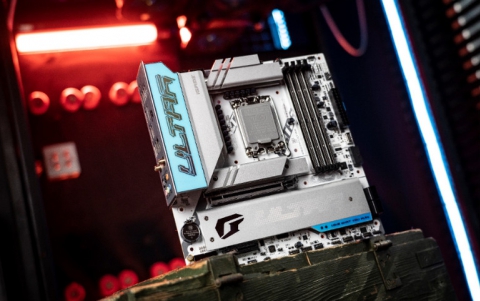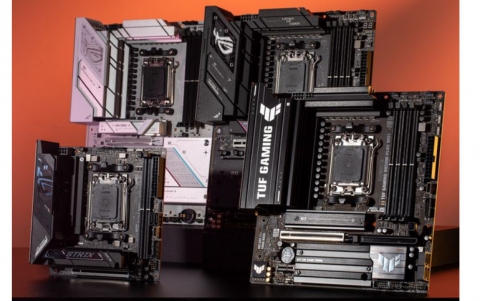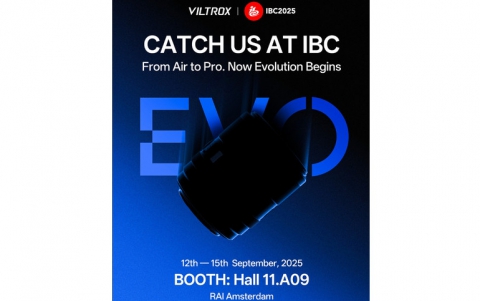Gainward CoolFX 6800 Ultra/2600 Golden Sample
4. Aquamark 3
Review Pages
2. Test specifications
3. 3DMark 2003
4. Aquamark 3
5. Codecreatures
6. GL Excess
7. Farcry v1.2
8. Painkiller v1.3
9. Hitman: Contracts
10. X2: The Threat
11. Unreal Tournament 2004
12. Unreal Tournament 2003
13. Halo
14. Tomb Raider : Angel of Darkness
15. Farcry Quality
16. Painkiller Quality
17. Unreal Tournament 2004 Quality
18. Overclocking Capabilities
19. Conclusion
 Since
the majority of today's applications and games are compatible with DirectX
9, the need for benchmark applications that thoroughly test DX 9 has become
paramount. Aquamark3 is just such a benchmark and uses the 3D engine (Krass
engine) from the Aquanox game.
Since
the majority of today's applications and games are compatible with DirectX
9, the need for benchmark applications that thoroughly test DX 9 has become
paramount. Aquamark3 is just such a benchmark and uses the 3D engine (Krass
engine) from the Aquanox game.
Unlike synthetic benchmarks, Aquamark3 allows benchmarking in a real-world scenario with an engine and art assets representing the complexity of current state-of-the-art games. The results you get from Aquamark vary from a general result score (AquaMark Triscore), which is a result of 9 chapters where each one utilizes different graphical operations. The AquaMark3 benchmark also delivers scores for specific hardware components as well as an overall score for the entire system.
The chapters that stress Graphics performance are the following:

In this section we present comparison charts for the following chapters: High particle count, Vertex and pixel lightning and Massive Overdraw
- High particle count
 This chapter demonstrates a high number
of particles being used for simulating dust and smoke. Each particle is
approximated by a mass point with one degree of freedom for its rotation.
This chapter demonstrates a high number
of particles being used for simulating dust and smoke. Each particle is
approximated by a mass point with one degree of freedom for its rotation.
The particle system of this test is designed to render a large number of physically, accurately simulated particles, as efficiently as possible.

No problem at all for Gainward's CoolFX 6800 to render many particles.
- Vertex and pixel lightning
The objects in this scene show a broad range of different material and lightning effects used in modern game engines.
Aquamark3 tests two things: It applies many vertex and pixel shader changes
straining the graphics hardware and its many texture lookups (determining the
lighting contribution and material reflectivity) also strain the Multitexturing
and rasterization components.

Here it finds it hard to process lightning effects, noting
that Radeon 9800 XT is behind by only a small difference of 12
FPS.
- Massive Overdraw
This scene demonstrates the application of the particle system for large explosions. The test stresses the graphics hardware by the high overdraw of textured areas as many particles overlap each other. A huge explosion that is included on this chapter, pushes the VGA card to the limits. It's really awesome if you imagine the number of pixels and shaders needed to make such an explosive scene.

This is an important test, because the explosions in games require a lot
of vertex and pixel processing. In many games when an explosion occurs,
this cause frames to drop suddenly at that particular moment. So this test is a simulation
of what to expect from your card when facing explosions and other similar
effects in games.

The 46 fps says a lot for the capabilities and the smooth performance of the 6800 Ultra.
- Aquamark Triscore
The Aquamark Triscore comprises 3 values: the overall system performance, the performance of the graphics system and the CPU performance. Keep in mind that this is not the total result of the above tests, but the result of the whole benchmark process including all 9 chapters.
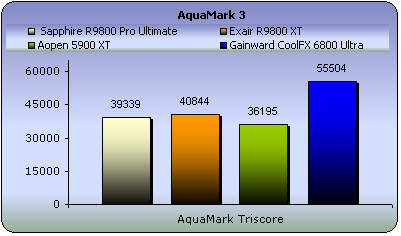
This score is a sum of all chapters and not just the 3 minor chapters examined. And as you can see, Gainward's CoolFX 6800 Ultra maintains it's lead.
Review Pages
2. Test specifications
3. 3DMark 2003
4. Aquamark 3
5. Codecreatures
6. GL Excess
7. Farcry v1.2
8. Painkiller v1.3
9. Hitman: Contracts
10. X2: The Threat
11. Unreal Tournament 2004
12. Unreal Tournament 2003
13. Halo
14. Tomb Raider : Angel of Darkness
15. Farcry Quality
16. Painkiller Quality
17. Unreal Tournament 2004 Quality
18. Overclocking Capabilities
19. Conclusion

